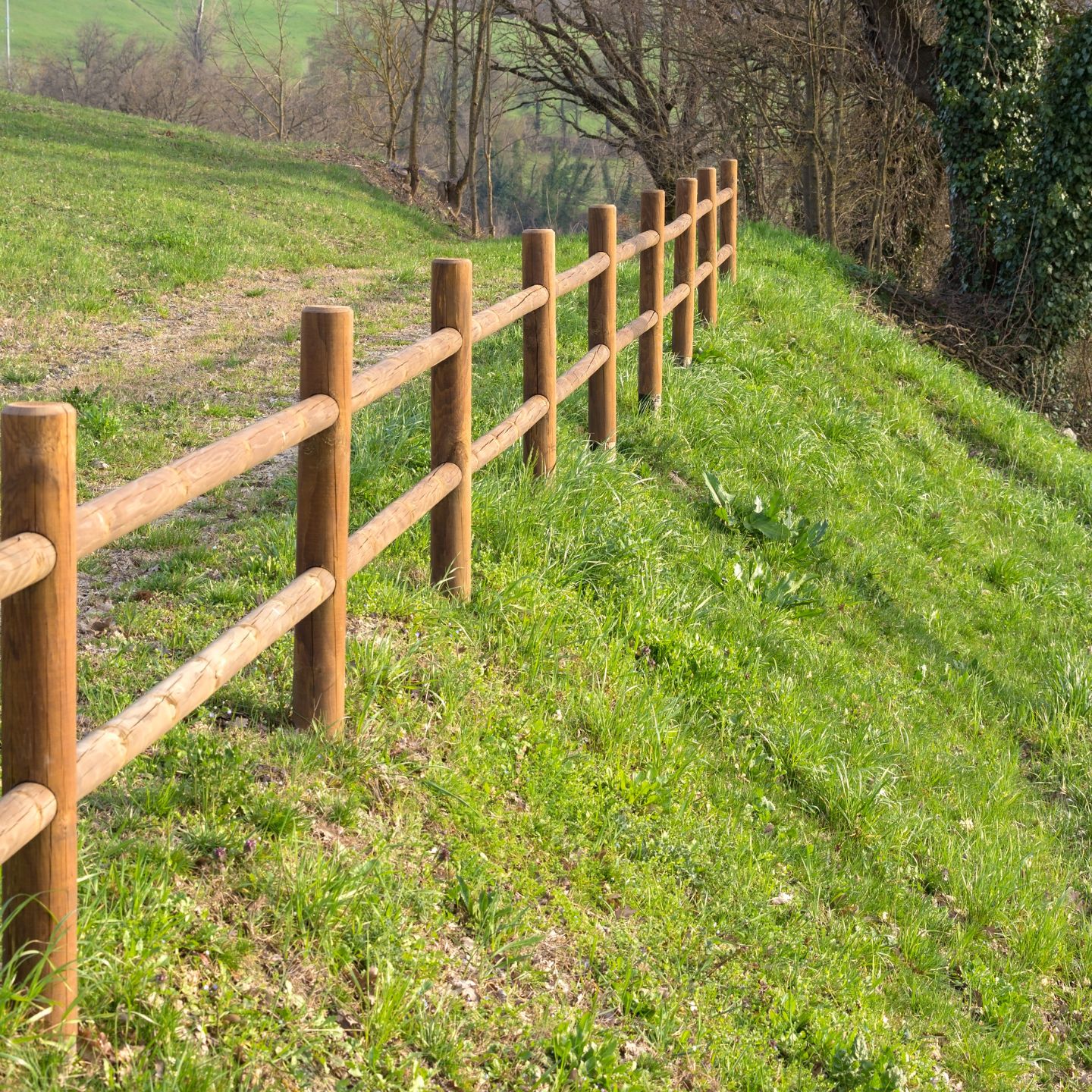
Building a farm fence around your cabin isn’t just about marking your territory—it’s about ensuring the safety of your livestock, protecting your crops, and adding an extra layer of security to your property. Whether you’re a seasoned DIYer or just starting out, these tips for building a farm fence at your cabin will help make the process easier.
1. Choosing the Right Materials for Your Fence
The first step in building a farm fence is selecting the right materials. You’ll need to decide between wood, metal, or vinyl.
- Wood offers a classic look but requires more maintenance.
- Metal, like high tensile smooth wire or barbed wire, provides durability but might not be as visually appealing.
- Vinyl is low-maintenance and weather-resistant, but it’s expensive and isn’t ideal if you plan to have livestock.
Consider your priorities and budget when making this decision.
2. Measuring and Planning Your Fence Layout
Start by checking for land easements or property restrictions. If you built your cabin on a lot, you’re probably familiar with these requirements. If not, a land survey can provide the necessary information. Next, mark the area you want to fence in. This will help you estimate how much material you’ll need. Sketch out your fence layout, marking where each post will go.
3. Digging Holes and Setting Posts
Posts are the foundation of your fence, but digging holes by hand is very difficult. The best option is to use a tractor with a post-hole digger attachment, which you can rent if you don’t own one. Dig holes at least one-third the height of the posts to ensure stability. After digging, set the posts in concrete to keep them secure. Make sure they’re perfectly vertical and spaced evenly.
4. Attaching Wire or Panels to the Posts
Once your posts are set, it’s time to attach the fencing material. If you’re using wire, unroll it along the length of your fence and attach it to the posts using staples or clips. Use screws or nails to secure wooden or metal panels. Ensure everything is taut and properly aligned to avoid sagging.
5. Adding Gates for Easy Access
A functional farm fence needs gates for easy access. Place gates in strategic locations to allow convenient entry and exit. Use sturdy hinges and locks to ensure everything functions smoothly and provides ample security. The size of your gates will depend on what or who needs to pass through them—be it livestock, vehicles, or people.
6. Maintenance Tips To Ensure Longevity
A fence isn’t a set-it-and-forget-it project. Regular maintenance is key to longevity. Inspect your fence periodically for any signs of wear and tear, such as loose wires, damaged posts, or sagging sections. Tighten loose fittings and replace damaged components promptly. A well-maintained fence will serve you well for years.Building a farm fence at your cabin can be a rewarding DIY project. Not only does it add a layer of security, but it also enhances the aesthetic appeal of your property. With the right materials, careful planning, and regular maintenance, your fence will stand the test of time.

Leave a Reply